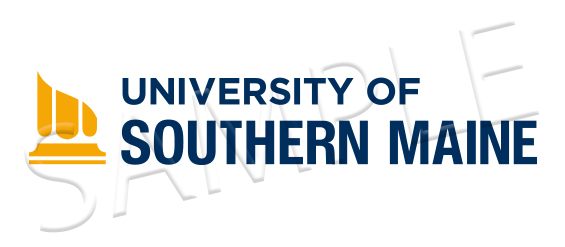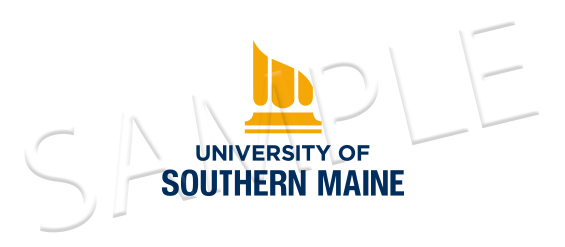To enable consistency of use and clear communication, our logo should appear at least once on any marketing or communication materials.
The logo for the University of Southern Maine must appear as described by the Office of Marketing and Brand Management and must not be disassembled, reassembled, or changed in any way.
This includes utilizing the column icon alongside other words, such as college, school, office, department, event, club, or organization names.
For details on which logo and file type to choose for your project, jump to our logo usage details.
Horizontal format
For use on marketing or communication pieces developed for events and activities put on by academic departments or administrative offices.
Vertical format
For use on marketing or communication pieces developed for events and activities put on by academic departments or administrative offices.
Access points
For use on marketing or communication pieces developed to generate new inquiries or applications, increase yield, support orientations, etc.
NOTE: The watermark shown is not part of the official logo. For assistance downloading logo files, review our help document. If you need help selecting a logo, or have questions about our Brand Guidelines, contact Greg Daly.
Our logo must be clearly readable
Logo usage details
Any use of the column mark, logo, or university name beyond what is outlined on this page or in our Brand Guidelines must be reviewed and approved by the Office of Marketing and Brand Management.




